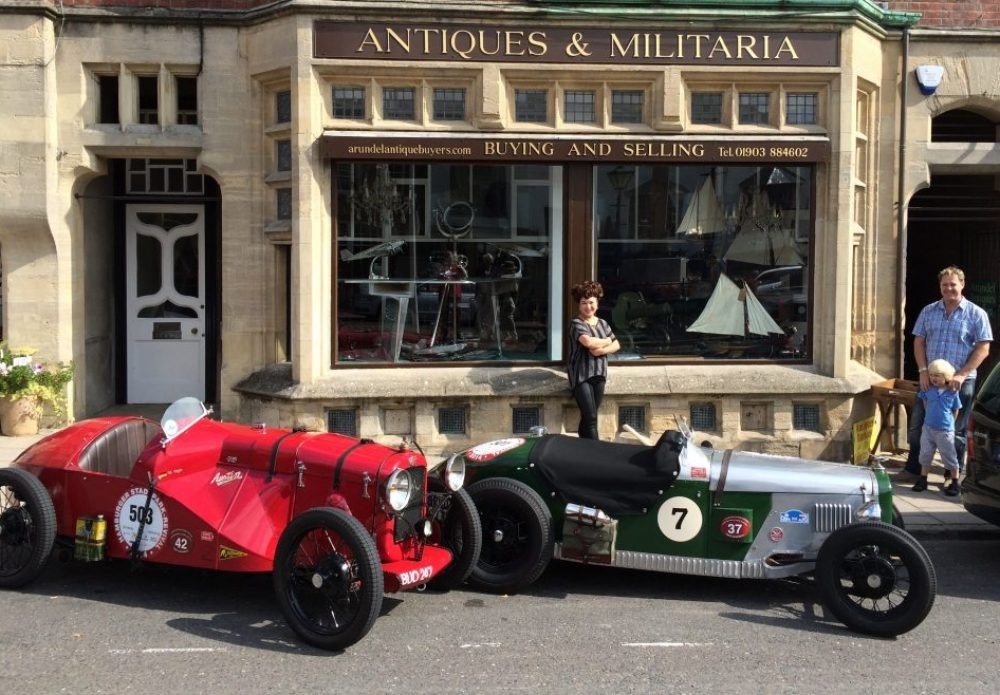
The prices for German World War I belt buckles can vary widely depending on factors such as rarity, condition, and historical significance. Keep in mind that collecting and selling military memorabilia, especially from World War I, is subject to various laws and regulations in different countries.
As of my last knowledge update in September 2021, common German WWI belt buckles in average condition could be found for around £30 to £50, while more rare or well-preserved examples could fetch significantly higher prices, ranging from £100 to several hundred pounds or more. Extremely rare or historically significant belt buckles might command prices in the thousands.
Please note that these are rough estimates, and prices can fluctuate over time based on collector demand and availability. It’s essential to consult specialized collectors’ forums, price guides, or reach out to experts in militaria to get the most up-to-date and accurate pricing information for specific German WWI belt buckles you may be interested in. Additionally, be aware of any legal restrictions or regulations related to the sale and purchase of military memorabilia in your location.
Contact David on 01903 884602
WhatsApp for photos : 07860747027




